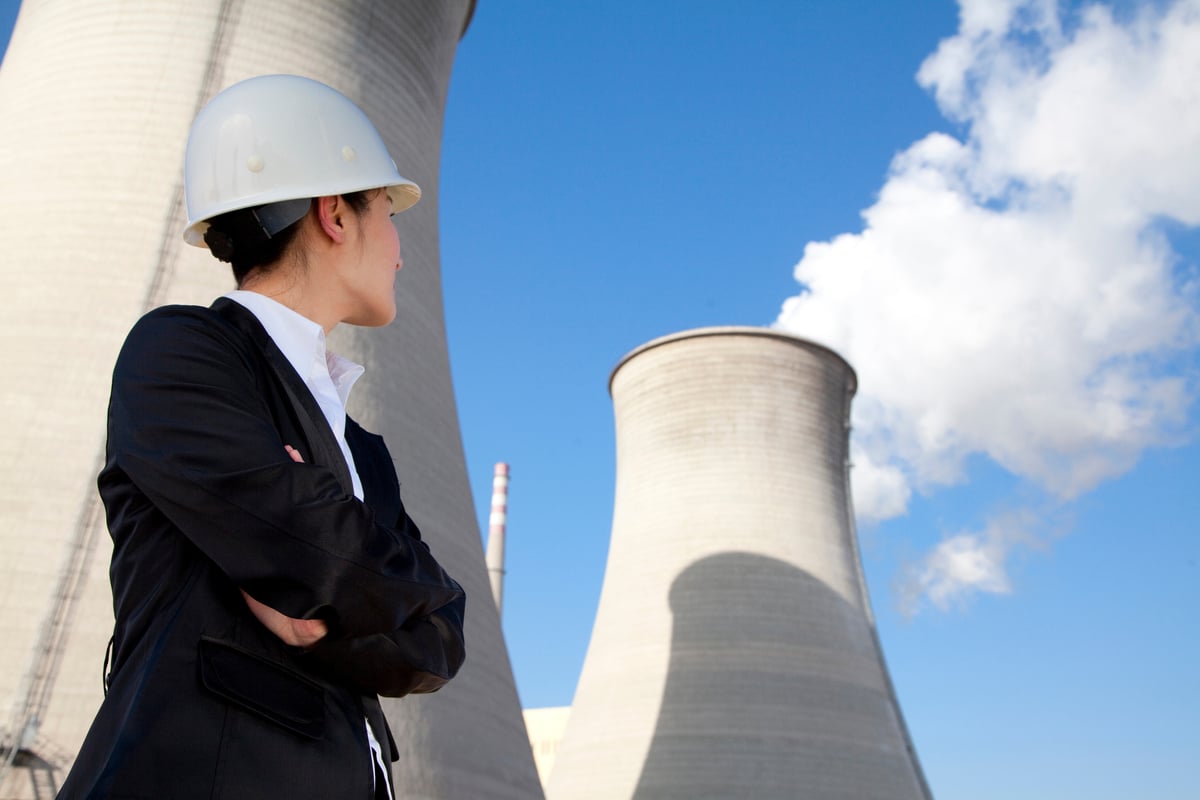
Source: Ministry of Foreign Affairs of Denmark
How often, while sitting in cubicles, riding on commuter trains, and crawling along in rush-hour traffic, do we dream of the day when Monday morning no longer means getting back to the grind? Those golden years, although still golden, may be tinged with a shade of green, and you may not even know it.
Nowadays, investing in renewable energy is a lot more common; though there are still contrarians, the viability of solar and wind power facilities is no longer something that is "just on the horizon." It's here, and everyone from individual to institutional investors is taking notice. David Einhorn and Greenlight Capital, for example, have a 1.3 million share position in SunEdison, while Berkshire Hathaway's MidAmerican Energy invested over $1 billion in an Iowa wind farm project. The renewable energy sector is gaining the interest of another group -- a group which, unbeknownst to you, may count you as a member.
Planning for a green retirement
Pension funds are also demonstrating a commitment to renewable energy. The public Danish pension fund, Pension Denmark, sees opportunity in wind power projects right here in the U.S. It has committed $200 million to the country's first offshore wind farm -- Cape Wind. The general consensus is that the pension fund was keen on the project since Siemens AG (SI +0.62%), supplier of the 130 turbines to be used in the project, will be manufacturing the turbines in Denmark.
Embroiled in over 20 lawsuits, Cape Wind has had its share of adversity, and there are those who believe that the project will forever be tied up in the courts; however, the project's opponents may be at the end of their rope. Judge Stearns, in his decision favoring Cape Wind, said that "There comes a point at which the right to litigate can become a vexatious abuse of the democratic process. For that reason, I have dealt with this matter as expeditiously as possible."
CEO Torben Möger Pedersen, PensionDanmark is clear about his enthusiasm for renewable energy projects. "We have made equity investments in two offshore wind farms in Denmark and three onshore wind farms in the USA and provided debt financing for onshore wind parks in Sweden and Belgium. At a time when bond yields are very low, this is expected to be an attractive investment opportunity for us."
From a country where wind generates nearly 30% of the electricity in its system, it should be no surprise that another Danish pension fund is interested in investing in wind power. Sampension's investment in the 33 MW Ulvemosen wind project, to be located in Varde, Denmark, will be its first direct investment in wind power. The pension fund will finance and own the project while European Energy will operate it. Vestas Wind Systems (VWDRY +1.02%) will provide 10 of its 3.3 MW turbines and a 15-year service contract.
Canada is also looking to harness some wind power for its retirees. In February, the country's second largest pension fund, Caisse de Depot, announced its acquisition of a 25% stake in the London Array. Comprised of 175 Siemens turbines, the 630 MW London Array is an offshore wind farm located about 12 miles off of the Essex and Kent coasts in the outer Thames estuary; it is the world's largest offshore wind farm.
Excelsior, renewable energy
True to its name, New York State may be one of the leaders pushing green energy adoption ever upwards. Gov. Andrew Cuomo's launch of the New York Green Bank is an attempt to motivate private lenders to enter the renewable energy market. "Through the New York Green Bank, we will leverage public dollars to attract private sector investment into building a new clean energy economy that will help make our state greener and create jobs," said Governor Cuomo in his announcement of the initiative. Cuomo expects the bank to have an initial capitalization of $165 million, but when fully capitalized it will be closer to $1 billion -- the expectation is for the Green Bank to be valued at $8 billion in the next 10 years. Regarding its role in addressing pension funds, Cuomo's office has identified that "the Bank could execute a debt securitization, through which investors interested in holding long term debt, such as pension funds, could invest in longer term securities."
Back to school
If managers of pension funds are waiting to take a cue from other institutional investors, they may need to look no further than their own alma maters. College endowments are also turning to renewable energy projects. In fact, some are not only turning their attention to these projects, but they're also turning away from traditional energy investments. Stanford University made headlines this week when it announced that it would be divesting $18.7 billion in endowments from coal-related companies. This may not be limited to the West Coast, either. There's speculation that Harvard University, with a $33 billion endowment fund, may follow suit.
Students and about 100 professors are pressuring the Crimson Tide's administration to practice what it preaches -- to live up to the self -- proclaimed title of the "first university endowment in the United States to become a signatory to the United Nations-supported Principles for Responsible Investment," and to consequently make an effort to address climate change by investing in more environmentally and socially responsible ways.
Foolish final thoughts
As the tide continues to turn -- alternative energy projects supplanting coal and fossil fuel-based projects -- the ripple effects will be felt in numerous, sometimes unforeseen ways. Pension fund managers are just the latest among a variety of investors who are recognizing the long-term value in renewable energy. In further validation of these projects, companies like Siemens and Vestas stand to benefit.







